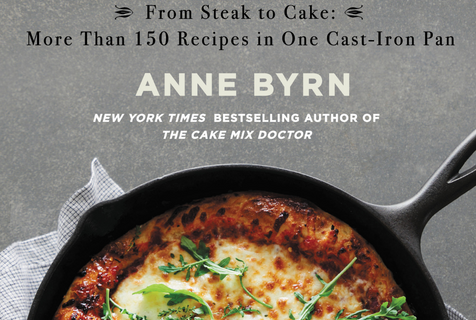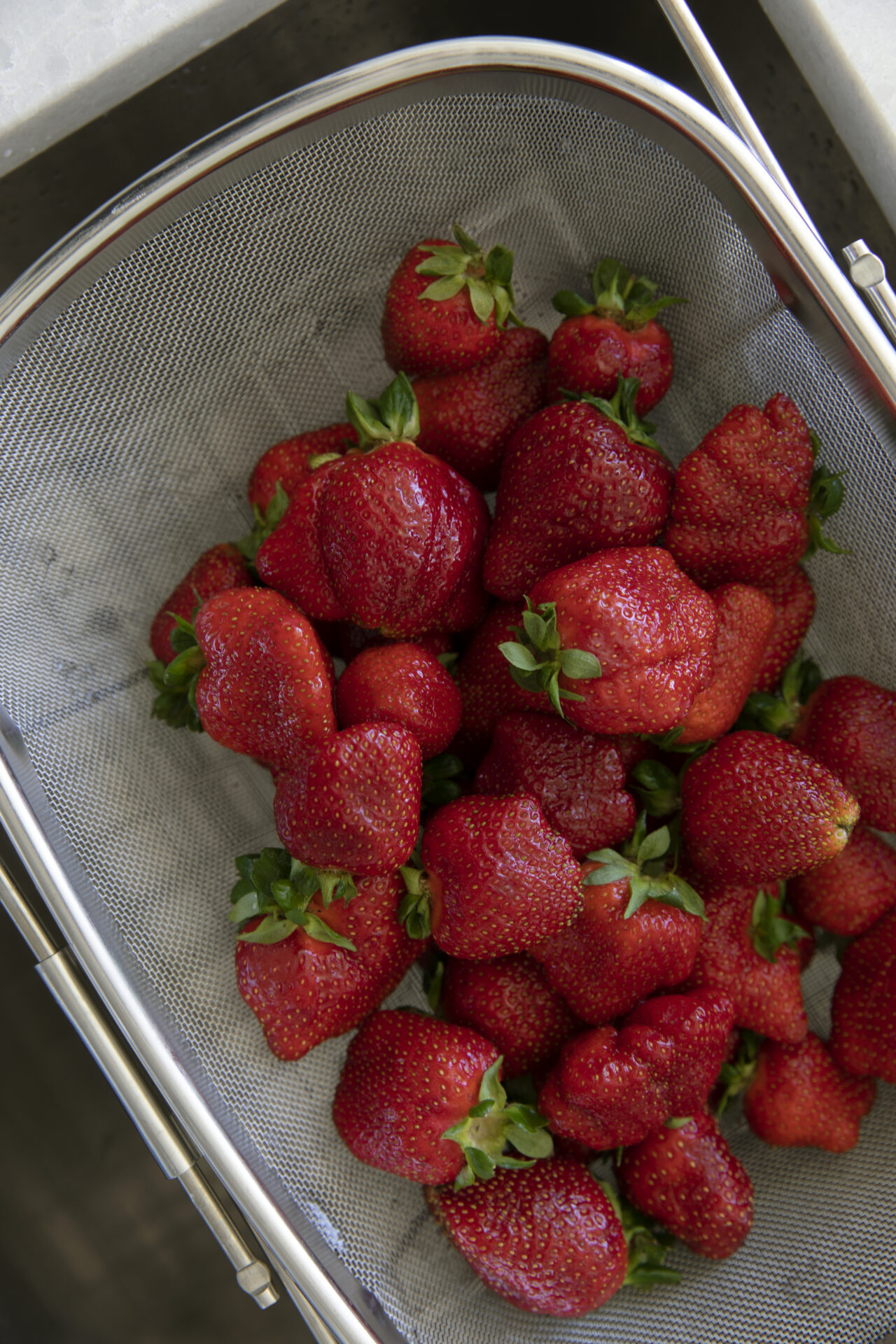
I doubt I’m alone in fearing canning. The pressure cooker, sterilization, and perfect marriage of acid and sweetness that ensures effective and delicious preservation seem far from idiot proof. Don’t get me wrong, I love the idea of it—homesteading, preserving in-season flavors, and bypassing all highly processed, canned goods on the grocery store shelves resonates with me. I eagerly volunteered to cook through the Wiley Canning Company Cookbook by Chelsea J. O’Leary and immediately balked when I got to the subchapter entitled “The Science and Safety of Canning.” Its categories around the biology, chemistry, and physics in canning don’t exactly jive with my typical “let’s wing it!” cooking mentality.
But this age-old practice demands respect for the level of sophistication surrounding the process of eliminating oxygen from the jars through heat or altering the pH of either brine or preserving liquid to prevent microorganisms from growing. Then there’s the physics of processing the jars through both a high-pressure and high-heat environment, according to the Ideal Gas Law. By the time you get to the recipes, seeing the science in action feels far from academic.
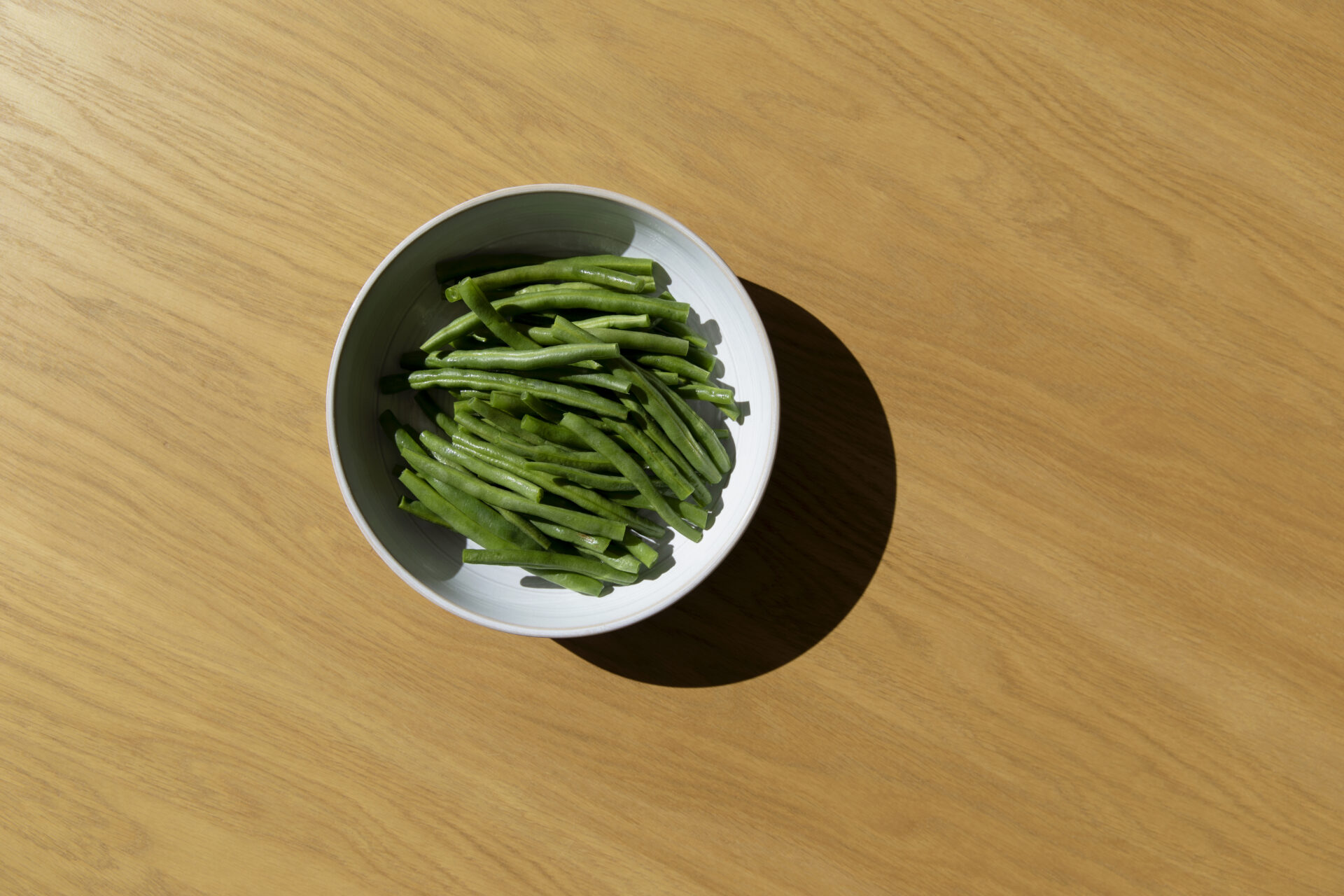
That said, this is not the cookbook where you flip to the middle, choose a recipe at random, and get cooking. O’Leary promises that you don’t need to read her book cover to cover, which is true, but the sections in the “Foundational Knowledge” chapter outline crucial information, like proper sterilization techniques, how to adjust for altitude, when to use regular-mouth versus wide-mouth Ball jars, and how to set up your water-boiling canning pot (goodbye scary pressure cooker!).
Read the Foundational Knowledge chapter, and from there, the book is yours to flip through. The Canning, Pickling, and Preserving chapters each tailor to certain ingredients (canning for firm fruits, pickling for vegetables, and preserving for berries and citrus), which is part of O’Leary’s strategy for reducing food waste among all sorts of ingredients (and don’t sleep on the Freezing Recipes if you want the most low-effort way to save your food). Plus, if you have scraps leftover, check out the How to Reduce and Get Rid of Produce Waste section (page 54) for more ideas, from making homemade vinegars to composting.
3 Ways to Can, Pickle, and Preserve This Summer
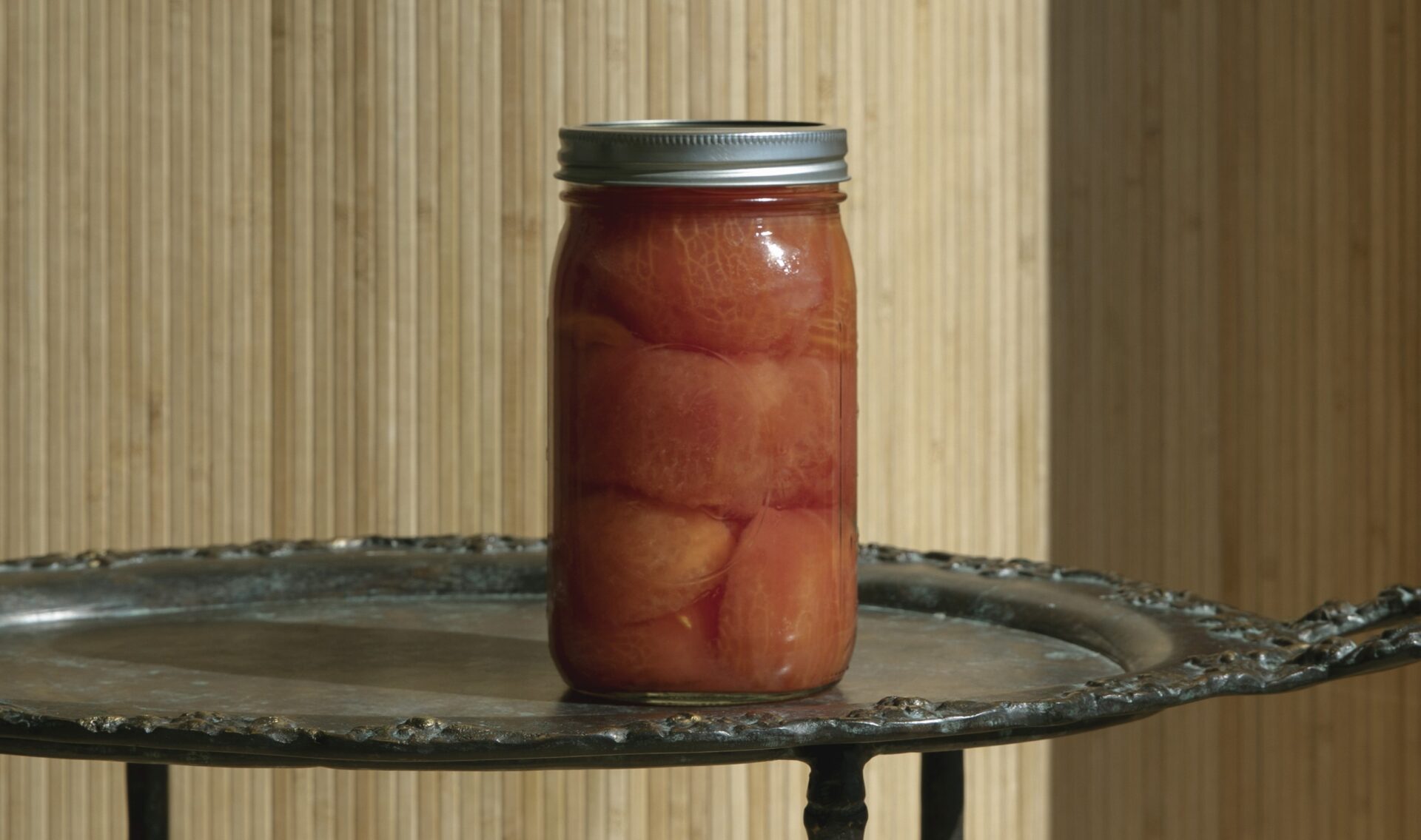
Tomatoes were my first foray into canning. My boyfriend and mom like getting together on a Sunday afternoon in August to blanch, peel, and can bushels upon bushels of peak-season tomatoes ahead of fall and winter. We savor those canned tomatoes throughout the cooler months, using them discriminatingly for stews, soups, Bolognese, and shakshuka. Here in South Carolina, the first of the season’s tomatoes started rolling through the farmers market in June, and I jumped at the chance to re-create that familiar summer ritual. Canned tomatoes were the lengthiest recipe I tried from the book, and I completely appreciate O’Leary’s advice to enjoy—not rush—the process. “Now is the time to light a new candle, open a window, and turn up a favorite playlist,” she writes as part of her mise en place instructions. Also per O’Leary’s suggestion, I used citric acid in the place of lemon juice—just be sure to read her proportion instructions. Citric acid is much stronger than lemon juice, and you need a fraction of it to achieve the same result.
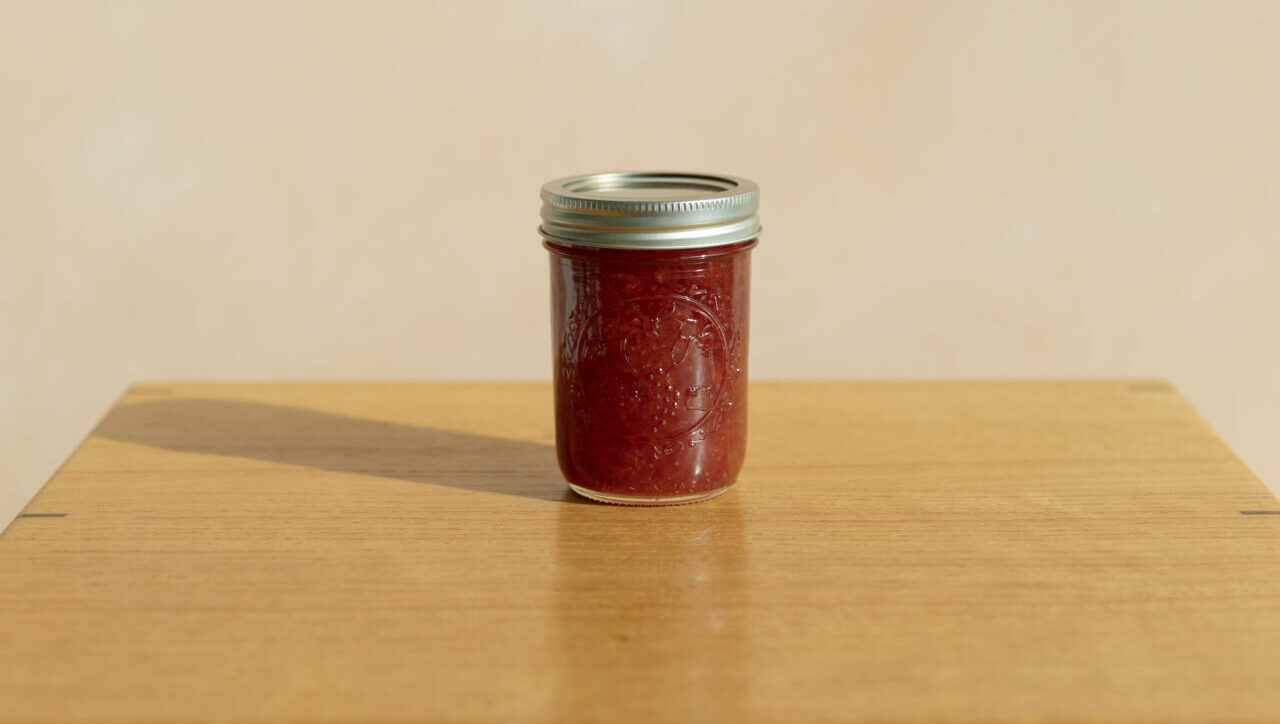
Deals on what my CSA calls “ugly strawberries” sent me running to create my first-ever strawberry jam with fresh, perfectly usable local berries. Being just slightly past their prime meant these berries were ultrasweet before I even added the sugar. To balance out the final product, I stirred in an additional ½ teaspoon of lemon juice after tasting the dollop I used for the first freezer test, and I let it boil a few more minutes to thicken the viscosity again. I was especially excited to see O’Leary’s note about using rose water to elevate the jam—I happened to have a bottle that has been sitting, unopened, in my pantry for almost a year. This sent the final result into gourmet territory, and I can absolutely see myself giving a jam jar as a host gift for all summer gatherings.
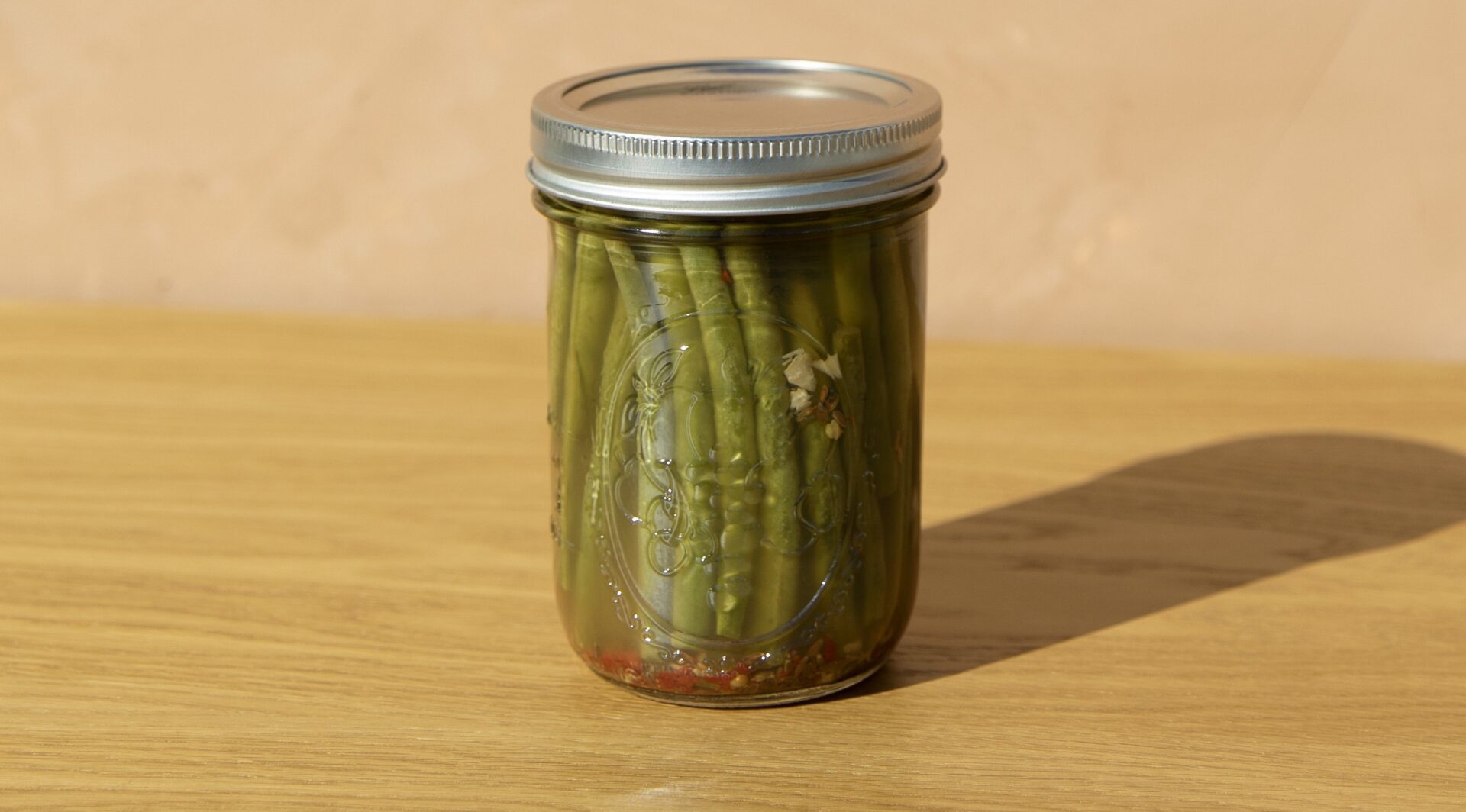
Using this cookbook as guide to reducing food waste, I prepared this recipe using Chinese long beans (also known as snake beans), mostly because I didn’t know what else to do with them. While long beans tower over regular green beans, halve them during the trimming step, and they snuggle nicely into a 16-ounce jar. Plus, the blend of purple and green beans gives funky Mystery Machine vibes, and they make a beautiful garnish for a rice bowl. I upped the spice a bit for personal preference, using 1 teaspoon of red pepper flakes instead of half the amount. The beans zing, and I could see them being delicious served with fried chicken—like a hybrid between a bread and butter pickles and french fries.
keep reading
Cook the Book
Cook the Book: Skillet Love
Cast iron skillet recipes we cooked and loved from Anne Byrn’s Skillet Love: From Steak to Cake, More than 150 Recipes in One Cast Iron Pan
Bookshelf
The Best Southern Cookbooks of the Summer
Erin Byers Murray shares her top picks from recently released cookbooks to stock your summer shelves and inspire your Southern soirées.
At the Table
Gullah Geechee Home Cooking
“Gullah Geechee Home Cooking is quickly becoming my go-to book for comforting, simple home cooking, any day of the year,” writes TLP’s editor in chief. See what recipes we can’t stop cooking.
share
trending content
-
In the Spirit: Distillery of Modern Art (DoMA) | Listen
by Amber Chase -
Asian Food Booms In the South
by TLP Editors -
Stirrups Restaurant Offers Fine Dining Like Nowhere Else
-
Our Summer 2024 Issue is Here!
by Erin Byers Murray -
9 Noteworthy Kentucky Restaurants | Listen
by TLP Editors
More From Cook the Book
-
Cook the Book: Jubilee
-
Cook the Book: Bagels, Schmears, and a Nice Piece of Fish
-
Cook the Book: Channeling Alex Snodgrass
-
Cook the Book: Skillet Love
-
Cook the Book: That Sounds So Good





